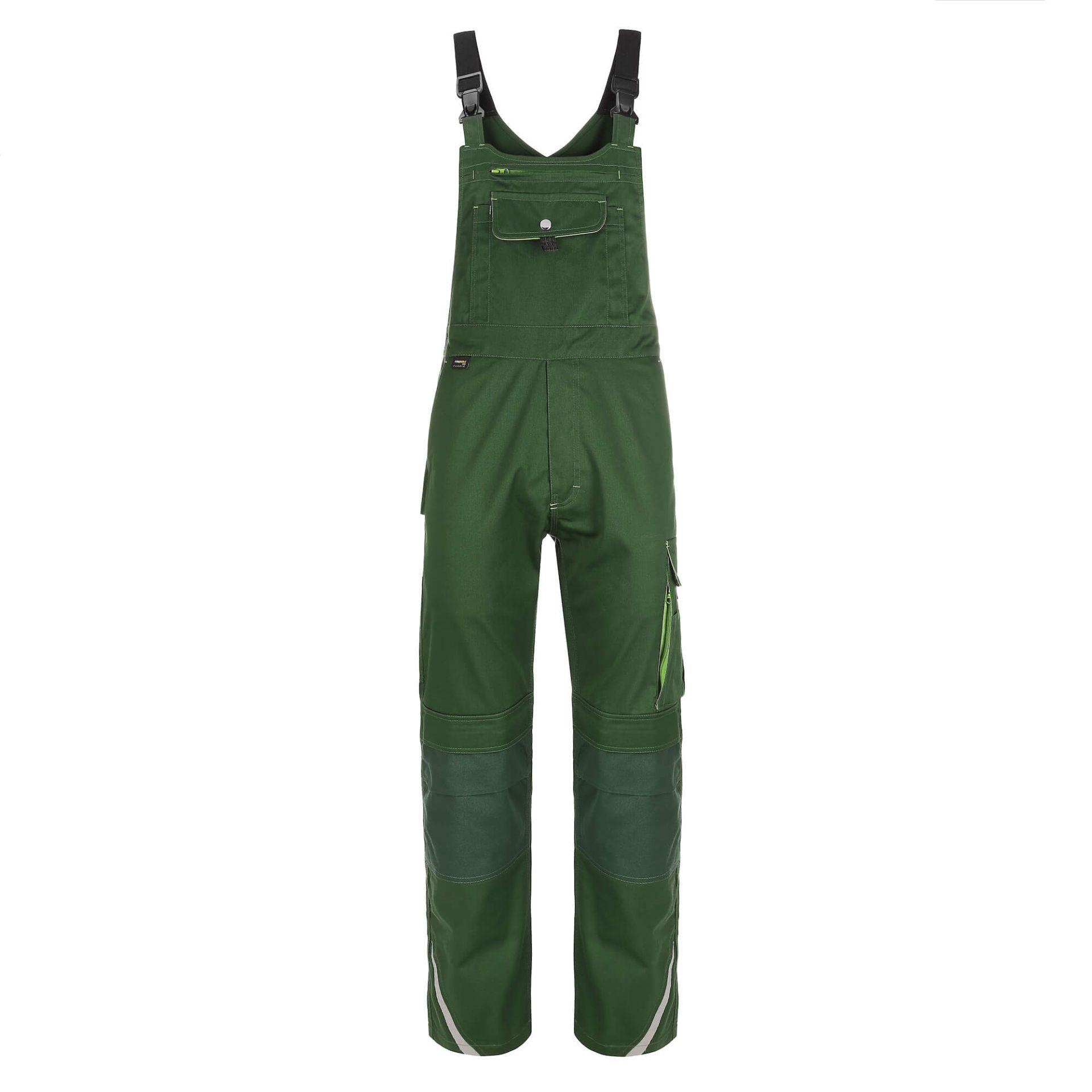Introduction
Bib dungarees, often simply referred to as " bib dungarees" or "overalls," are a unique blend of function and fashion. Recognizable by their distinctive front bib and adjustable shoulder straps, these garments have evolved from humble workwear roots to become a staple in contemporary wardrobes. Their journey from industrial necessity to high street fashion is a testament to their versatility, comfort, and enduring appeal.
A Brief History of Bib Dungarees
The term "dungaree" dates back to the 17th century, derived from the Hindi word "dungri," a type of coarse cloth originally used to make durable trousers for laborers in India. When British traders brought the fabric back to England, the name stuck. By the late 19th century, dungarees—particularly in the bib style—had become standard workwear in the United States, especially among farmers, miners, and railroad workers.
Levi Strauss and other early denim manufacturers popularized bib dungarees made of denim and canvas. The design featured a high chest panel (the bib), large front pockets, and sturdy construction, making it ideal for physically demanding jobs. Over time, bib dungarees became associated with hard work, resilience, and practicality.
Functionality and Design
What sets bib dungarees apart is their combination of comfort, durability, and utility. The typical features include:
-
Bib Front: A square or U-shaped piece of fabric that covers the chest, often with one or more pockets for tools or small items.
-
Adjustable Straps: Shoulder straps with buckles or clasps that allow wearers to modify the fit.
-
Side Buttons or Fasteners: Often found on the hips to make it easier to put on and remove.
-
Multiple Pockets: Designed for utility, these garments typically have numerous pockets, including ones on the chest, sides, and back.
-
Reinforced Stitching: Enhances durability, especially at stress points.
These features made bib dungarees a reliable choice for laborers, mechanics, painters, and carpenters. Over the years, the design has remained largely unchanged because it is so practical.
Cultural and Fashion Evolution
In the 20th century, bib dungarees began to transcend their industrial roots. During the Great Depression, they became symbolic of the American working class. In the 1960s and 70s, counterculture movements adopted dungarees as a statement of solidarity with the working poor, as well as for their comfort and durability.
By the 1990s, bib dungarees had become a mainstream fashion item. Iconic pop culture figures—from hip-hop artists to television characters—embraced the style, wearing oversized versions with one strap unfastened or paired with crop tops, hoodies, and sneakers.
Today, fashion designers and brands from high-end to fast fashion have reimagined bib dungarees in a wide array of fabrics, colors, and silhouettes, including:
-
Denim and Corduroy Dungarees: The classics, ideal for casual wear.
-
Linen and Cotton Styles: Lighter and breezier, perfect for summer.
-
Tailored or Slim-fit Dungarees: Offering a more refined look suitable for urban wear.
-
Printed or Patterned Versions: Bringing a bold, expressive touch to traditional workwear.
Bib Dungarees in Contemporary Fashion
In today’s fashion landscape, bib dungarees are considered both nostalgic and trend-forward. They are unisex, size-inclusive, and incredibly versatile. Here are some popular ways they're styled today:
-
Casual Streetwear: Paired with sneakers and a graphic tee.
-
Layered Chic: Worn over a turtleneck or under a blazer.
-
Bohemian Flair: Matched with flowy blouses, sandals, and boho accessories.
-
Minimalist Look: Styled with a fitted black or white top and clean-lined shoes.
Children’s wear also embraces bib dungarees for their ease of movement and cuteness factor, while maternity versions accommodate growing bellies with comfort.
Sustainability and Bib Dungarees
With growing interest in sustainable fashion, bib dungarees have emerged as a responsible wardrobe investment. Their durable construction often leads to long-lasting wear, reducing the need for frequent replacements. Additionally, vintage and second-hand dungarees are widely available, encouraging circular fashion. Many eco-conscious brands now produce dungarees using organic cotton, recycled materials, and ethical labor practices.
conclusion
Bib dungarees have come a long way from their origins as utilitarian garments. Their blend of comfort, functionality, and style has made them a timeless piece, adaptable to changing fashion trends and social values. Whether you're wearing them to work, on a weekend outing, or to make a statement, bib dungarees remain a versatile, iconic, and enduring wardrobe choice.

